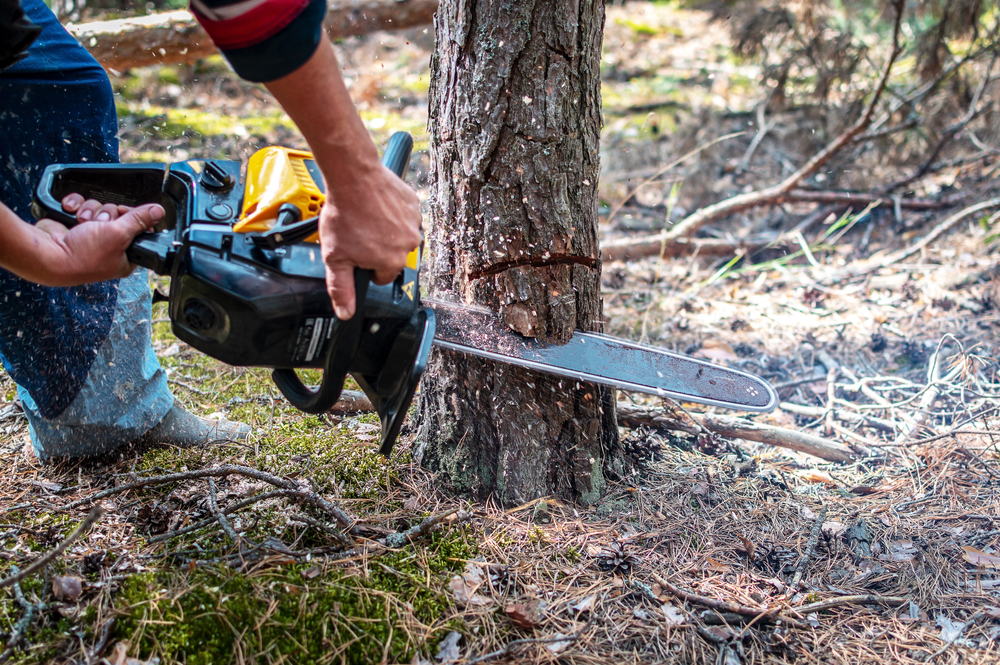
- Home » Uncategorized » Signs You Need to Cut a Tree: Safety and Preservation
Signs You Need to Cut a Tree: Safety and Preservation
Trees provide us with countless benefits, from shade to oxygen production. However, there are times when it becomes necessary to cut down a tree for safety, health, or environmental reasons. Identifying the signs that indicate a tree should be removed is crucial to ensure the well-being of your property and those around it. Here are some key signs that suggest it’s time to cut a tree.
1. Dead or Dying Trees
A dead or dying tree can pose a significant hazard. Dead branches can fall, and the entire tree may be unstable. If you notice a tree with no leaves, brittle bark, or decaying roots, it’s best to consult with a professional arborist to assess the tree’s health.
2. Leaning Trees
A tree that is leaning significantly may be at risk of falling, especially during severe weather conditions. Trees can lean due to root damage, soil erosion, or structural problems. In such cases, cutting the tree might be the safest course of action.
3. Diseased Trees
Trees affected by diseases can deteriorate rapidly, affecting not only the infected tree but nearby vegetation. To prevent the spread of diseases, it’s advisable to remove the infected tree. Common signs of tree diseases include discolored or withering leaves and unusual growths on the bark.
4. Overcrowding
In a crowded forest or yard, some trees may struggle to thrive due to limited sunlight, water, or nutrients. Cutting down trees that are too close to each other can promote the health and growth of the remaining trees.
5. Structural Damage
Severe structural damage, such as a split trunk or major limb loss, can render a tree unstable. If the damage is extensive, it’s safer to cut the tree down to prevent it from collapsing unexpectedly.
6. Invasive Roots
Some tree species have aggressive and invasive root systems that can damage foundations, utility lines, or nearby structures. If a tree’s roots are causing issues, it may be necessary to remove the tree.
7. Storm Damage
Trees can suffer severe damage during storms, making them a potential hazard. If a tree has lost significant branches or is leaning precariously after a storm, it should be inspected by an arborist to determine whether it needs to be cut down.
8. Poor Location
Sometimes, trees are planted in unsuitable locations, such as too close to buildings or utility lines. These trees may need to be cut down to prevent future problems and hazards.
In conclusion, recognizing the signs that indicate a tree should be cut is essential for safety and property preservation. While trees are valuable assets, they must be managed responsibly to protect people and property. Always consult with a professional arborist to assess the situation and make informed decisions about tree removal when necessary.
For more information on tree cutting round rock tx, tree cutting service round rock tx, or tree cutting austin tx contact Austex Tree Service today!






